Wildlife Conservation Network - Be a Wildlife Hero (original) (raw)
We help conservationists carry out their best ideas to protect wildlife.
Protecting Wildlife
Our Strategies
To ensure people and wildlife can coexist and thrive, WCN employs three core strategies—supporting the most effective Conservation Partners with the funding and resources they need to protect wildlife, creating Wildlife Funds that provide flexible grants to a wide range of organizations that protect a specific species across its entire range, and investing in the education and career growth of Rising Wildlife Leaders.
Protecting Wildlife
Conservation Partners
We find the best entrepreneurial organizations and invite them to receive in-depth, ongoing support by joining our Network of Conservation Partners. We provide our Partners with the financial resources, tools, and services they need to effectively protect wildlife. Conservationists in our Network work within local communities to find solutions that address the needs of both wildlife and people.
Protecting Wildlife
Wildlife Funds
We establish Wildlife Funds when we see a need and an opportunity to protect threatened wildlife across a larger landscape. By providing specific, short-term funding to projects from institutions big and small, we harness the power of multiple organizations working to save a species throughout its entire habitat. 100% of donations to WCN'S Wildlife Funds go directly to the field, with zero overhead.
Protecting Wildlife
Rising Wildlife Leaders
Conservation thrives when local conservationists have the support they need to protect wildlife. We invest in these brave women and men to strengthen their skills, build their organizations, and advance their careers in conservation. Through scholarships and grants, we provide support to the local people who are shaping conservation in their home countries, ensuring we have a greater and more sustainable impact for wildlife.
Protecting Wildlife
Our Strategies
To ensure people and wildlife can coexist and thrive, WCN employs three core strategies—supporting the most effective Conservation Partners with the funding and resources they need to protect wildlife, creating Wildlife Funds that provide flexible grants to a wide range of organizations that protect a specific species across its entire range, and investing in the education and career growth of Rising Wildlife Leaders.
Protecting Wildlife
Conservation Partners
We find the best entrepreneurial organizations and invite them to receive in-depth, ongoing support by joining our Network of Conservation Partners. We provide our Partners with the financial resources, tools, and services they need to effectively protect wildlife. Conservationists in our Network work within local communities to find solutions that address the needs of both wildlife and people.
Protecting Wildlife
Wildlife Funds
We establish Wildlife Funds when we see a need and an opportunity to protect threatened wildlife across a larger landscape. By providing specific, short-term funding to projects from institutions big and small, we harness the power of multiple organizations working to save a species throughout its entire habitat. 100% of donations to WCN'S Wildlife Funds go directly to the field, with zero overhead.
Protecting Wildlife
Rising Wildlife Leaders
Conservation thrives when local conservationists have the support they need to protect wildlife. We invest in these brave women and men to strengthen their skills, build their organizations, and advance their careers in conservation. Through scholarships and grants, we provide support to the local people who are shaping conservation in their home countries, ensuring we have a greater and more sustainable impact for wildlife.
Species We Protect
Macaws
Macaws are renowned for their beauty, intelligence, and charisma, yet due to their slow reproductive rate very few remain in the wild.
Species We Protect
Cheetah—Namibia
Cheetahs are famous for their speed and agility but are also one of Africa’s most endangered big cats.
Species We Protect
Orangutan
Orangutans play a critical role in keeping forests healthy, but are Critically Endangered due to habitat loss and their low reproductive rate.
Species We Protect
Grey Crowned Cranes
Grey Crowned Cranes are a symbol of longevity, but unfortunately are threatened by habitat loss and the illegal wildlife trade.
Learn About Grey Crowned Cranes
Species We Protect
Lion—Ewaso
Kenya is home to less than 2000 lions. In Northern Kenya, outside protected areas, lions and people are learning to coexist.
Species We Protect
Snow Leopard
The strikingly beautiful but endangered snow leopard remains one of the world’s most mysterious and rarely seen cats.
Species We Protect
Gorillas
Gorillas are strong and social beings, yet they face threats from habitat degradation and disease transmission.
Species We Protect
Andean Cats
The Andean cat is one of the rarest and least known cats in the world; fewer than 1,400 exist in the mountains of South America.
Species We Protect
Elephant
Elephants are among the world’s most intelligent, sensitive and social animals, possessing both empathy and family values.
Species We Protect
Pangolins
Pangolins have the unfortunate distinction of being the most illegally trafficked wild mammal in the world. All eight species of pangolins are threatened with extinction.
Species We Protect
Saiga Antelope
The saiga antelope has been around since the Ice Age and once numbered in the millions; today only 40,000 survive.
Species We Protect
Spectacled Bear
Spectacled bears, also known as Andean bears, are the only bear species in all of South America.
Species We Protect
Rhinos
Today, fewer than 26,000 rhinos remain in Africa and Asia. Poaching for their horns and habitat loss continuously threaten the future of these distinctive giants.
Species We Protect
Penguins
There are 18 different penguin species living throughout the Southern Hemisphere, 55% of which are listed as threatened.
Species We Protect
Painted Dogs
Painted dogs have highly social and complex packs and approximately 100,000 dogs existed in the 1900’s, but now only 7,000 dogs are thought to remain.
Species We Protect
Okapi
The gentle, mysterious okapi live only in the Democratic Republic of Congo, and though they appear to be half-zebra they are actually the closest relative of the giraffe.
Species We Protect
Small Wild Cats
Most people are familiar with big cats, but few could name the 33 species of small wild cats living all around the world.
Species We Protect
Sharks and Rays
Sharks and rays are essential for healthy oceans, but are vulnerable to human threats like pollution, climate change, and overfishing.
Species We Protect
Cotton-Top Tamarin
The tiny cotton-top, which weighs less than a pound, are found only in northwestern Colombia and are one of the most endangered primates in the world.
Species We Protect
Cheetah—Botswana
Botswana provides a home for approximately 30% of the earth’s remaining 7,100 cheetahs, it is the only country where their population remains stable.
Species We Protect
Grevy’s Zebra
Less than 2,500 Grevy’s zebra exist today; these special animals are distinguishable from other zebras by their larger size and round “Mickey Mouse” ears.
Species We Protect
Dolphins and Dugongs
Marine mammals play important ecological roles as both predator and prey, but unfortunately, marine mammals in Malaysia are threatened by over-fishing, by-catch, boat traffic, plastic pollution, and noise pollution.
Learn About Dolphins and Dugongs
Species We Protect
Lion—Niassa
Niassa National Reserve in Mozambique is one of the last great wild places on Earth and one of the important remaining strongholds for the African lion.
Species We Protect
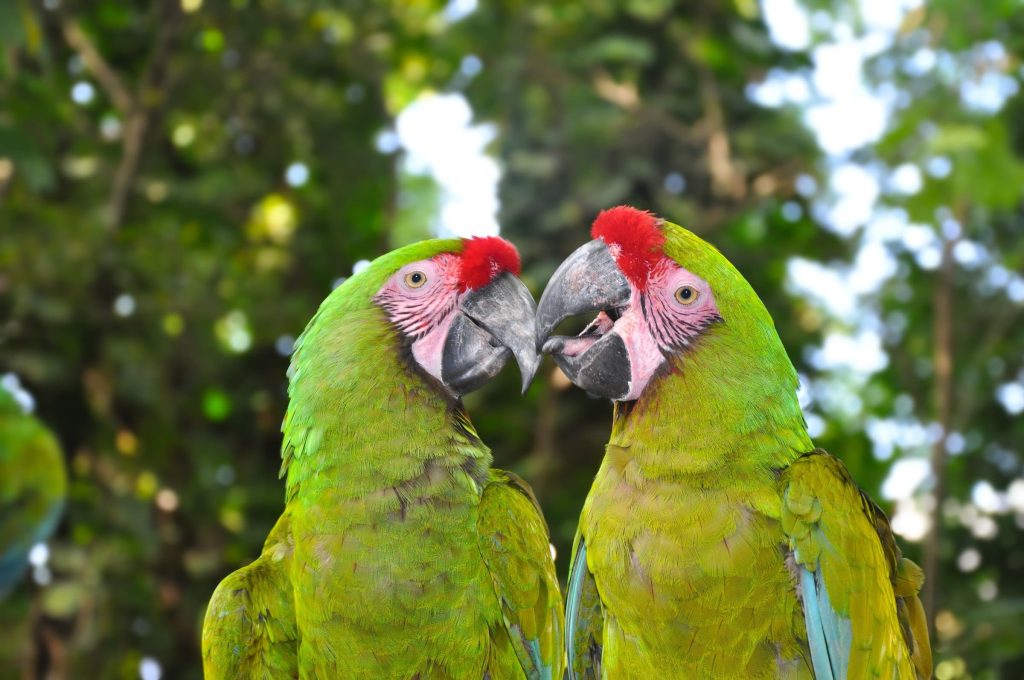
Macaws
Macaws are renowned for their beauty, intelligence, and charisma, yet due to their slow reproductive rate very few remain in the wild.
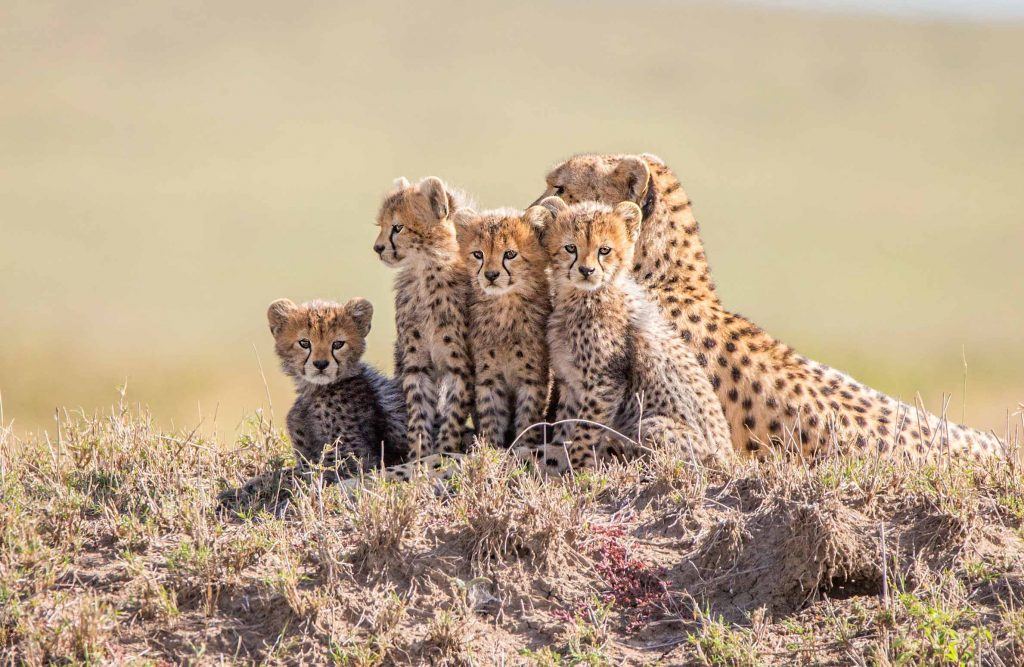
Cheetah—Namibia
Cheetahs are famous for their speed and agility but are also one of Africa’s most endangered big cats.
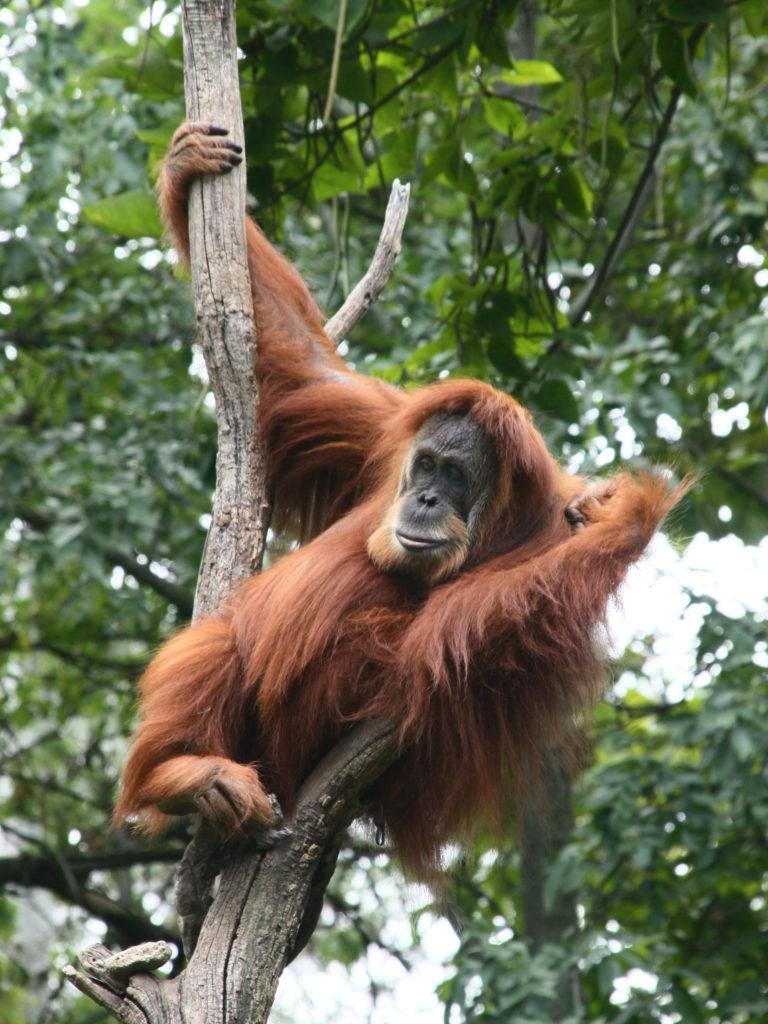
Orangutan
Orangutans play a critical role in keeping forests healthy, but are Critically Endangered due to habitat loss and their low reproductive rate.
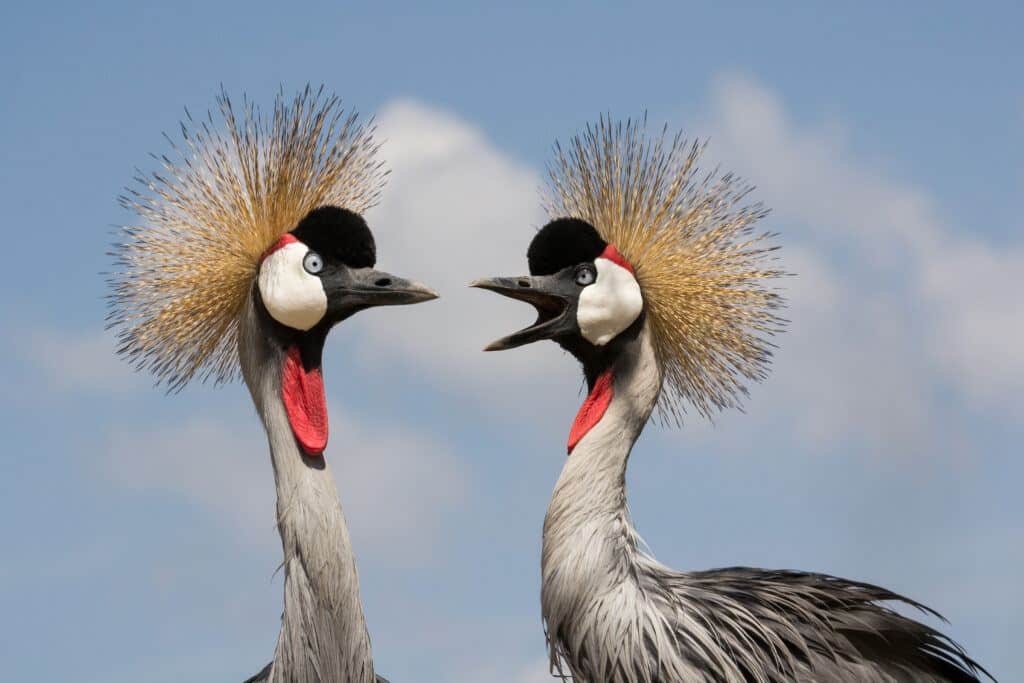
Grey Crowned Cranes
Grey Crowned Cranes are a symbol of longevity, but unfortunately are threatened by habitat loss and the illegal wildlife trade.
Learn About Grey Crowned Cranes
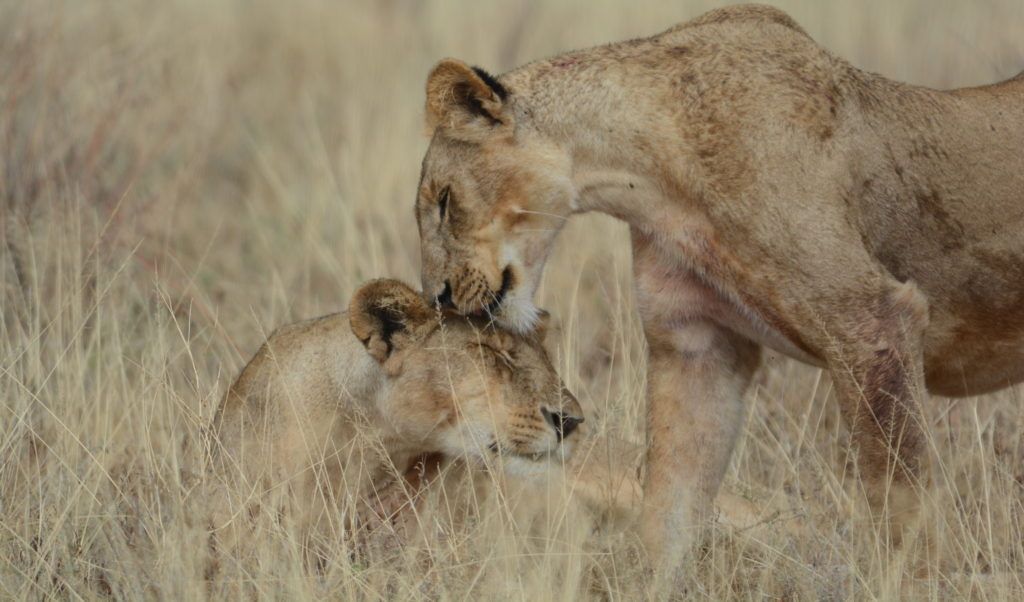
Lion—Ewaso
Kenya is home to less than 2000 lions. In Northern Kenya, outside protected areas, lions and people are learning to coexist.
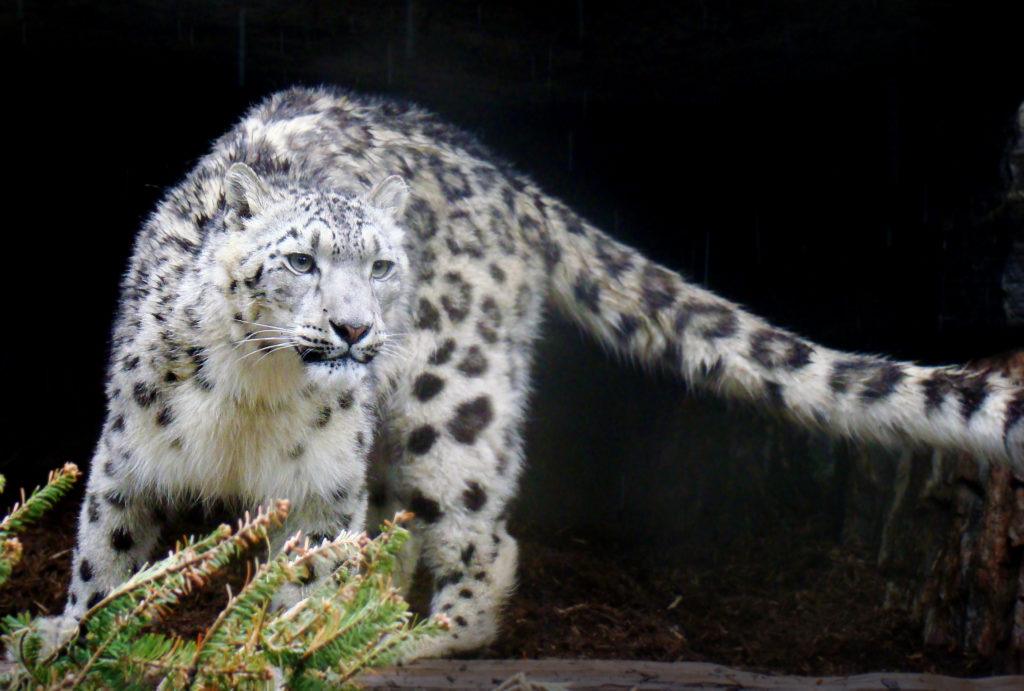
Snow Leopard
The strikingly beautiful but endangered snow leopard remains one of the world’s most mysterious and rarely seen cats.
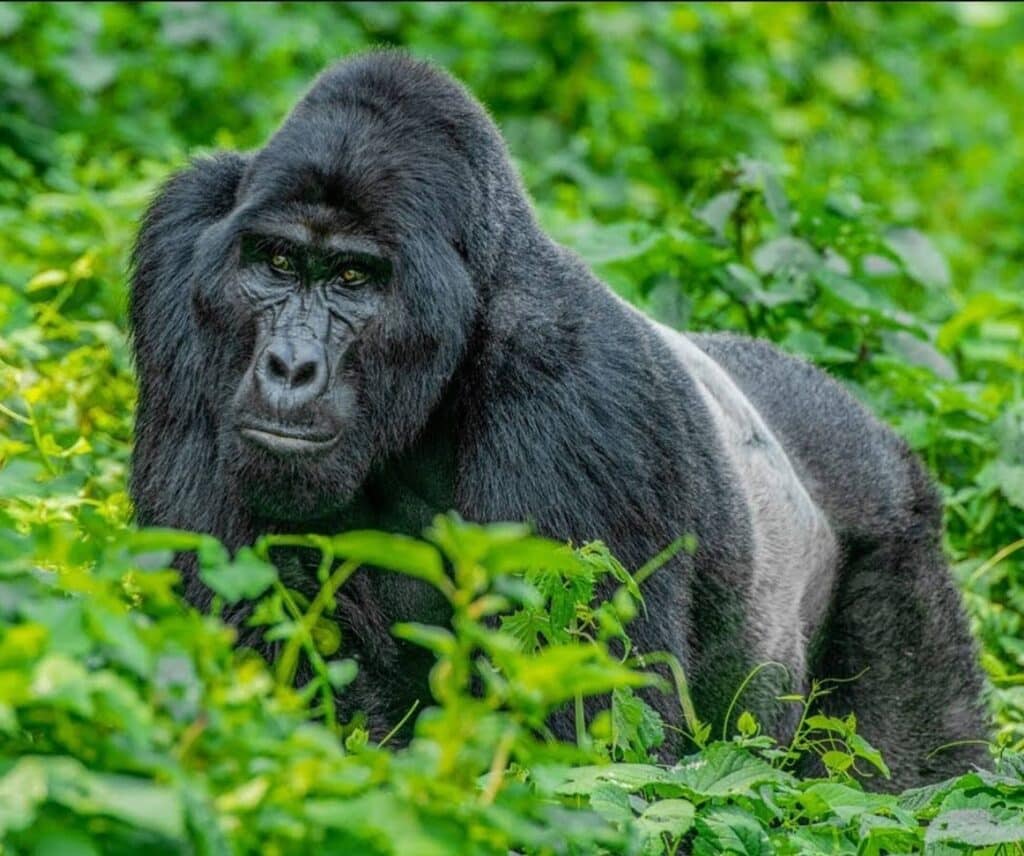
Gorillas
Gorillas are strong and social beings, yet they face threats from habitat degradation and disease transmission.
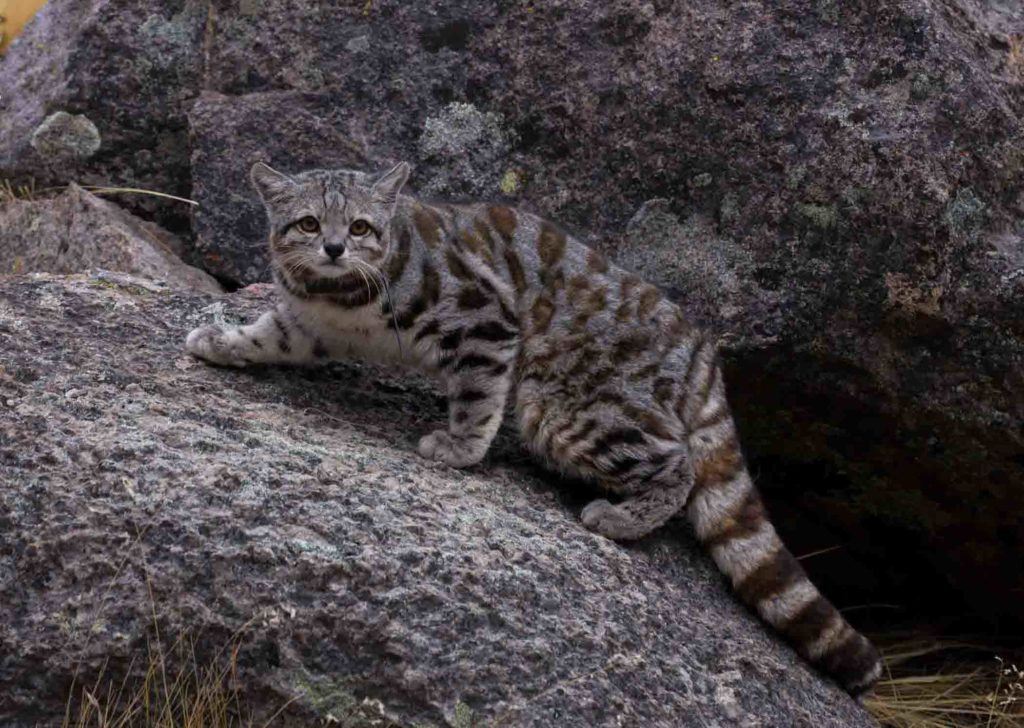
Andean Cats
The Andean cat is one of the rarest and least known cats in the world; fewer than 1,400 exist in the mountains of South America.
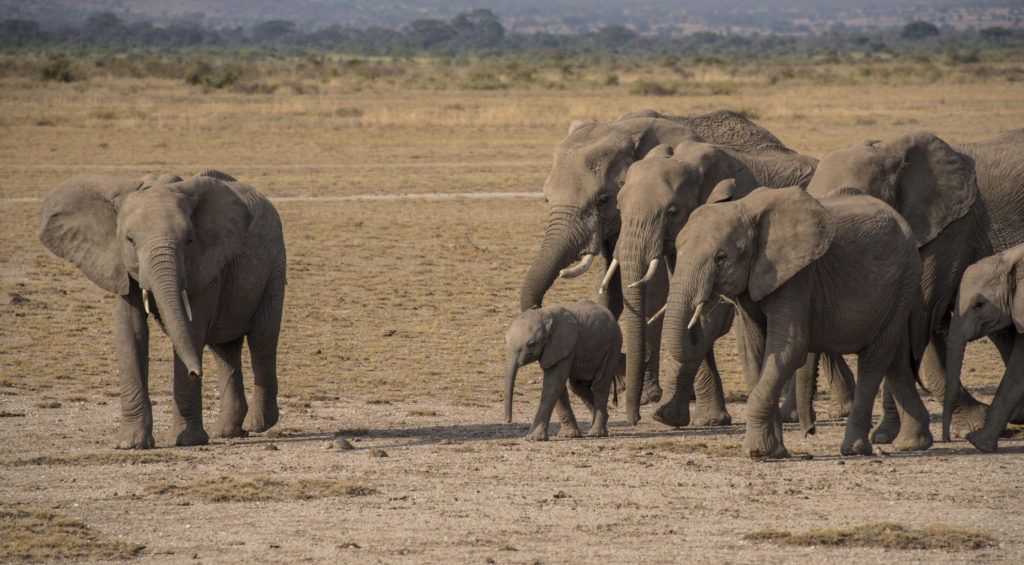
Elephant
Elephants are among the world’s most intelligent, sensitive and social animals, possessing both empathy and family values.
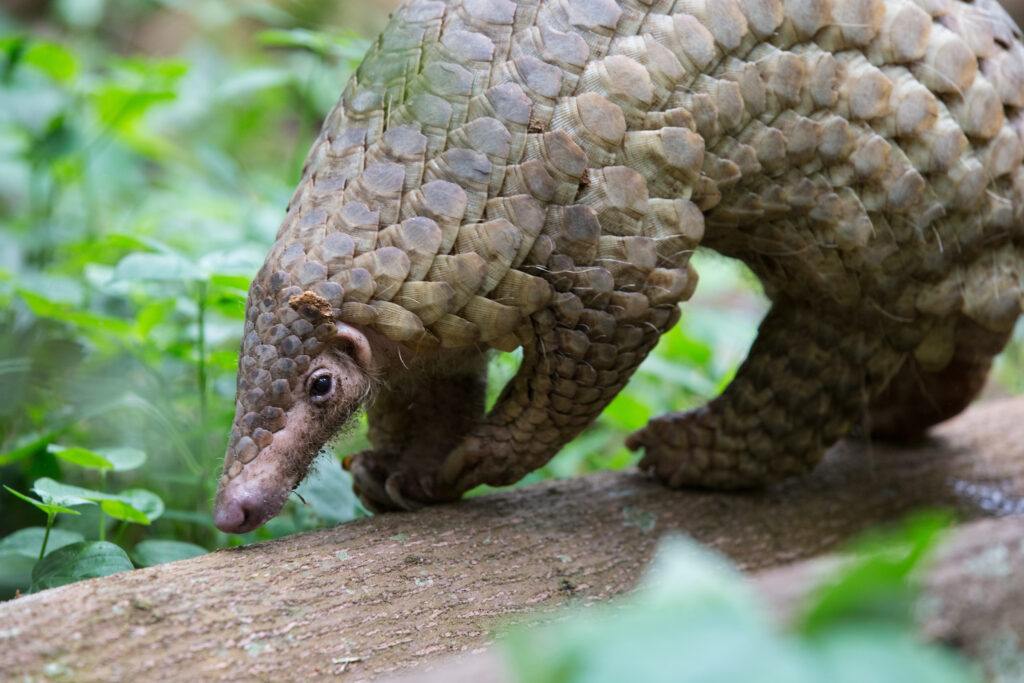
Pangolins
Pangolins have the unfortunate distinction of being the most illegally trafficked wild mammal in the world. All eight species of pangolins are threatened with extinction.
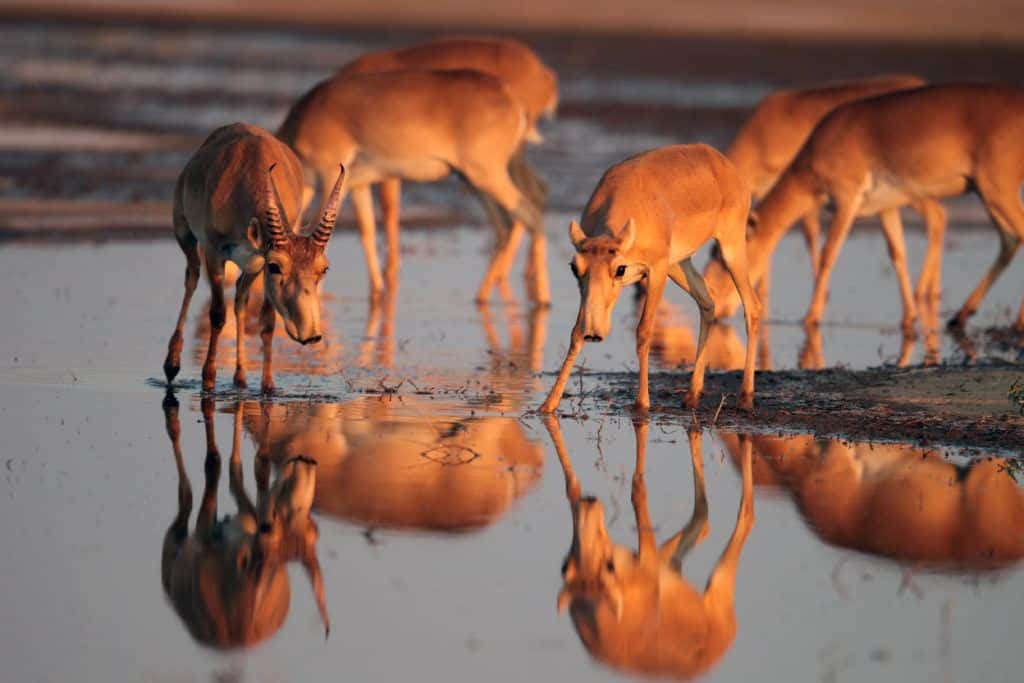
Saiga Antelope
The saiga antelope has been around since the Ice Age and once numbered in the millions; today only 40,000 survive.
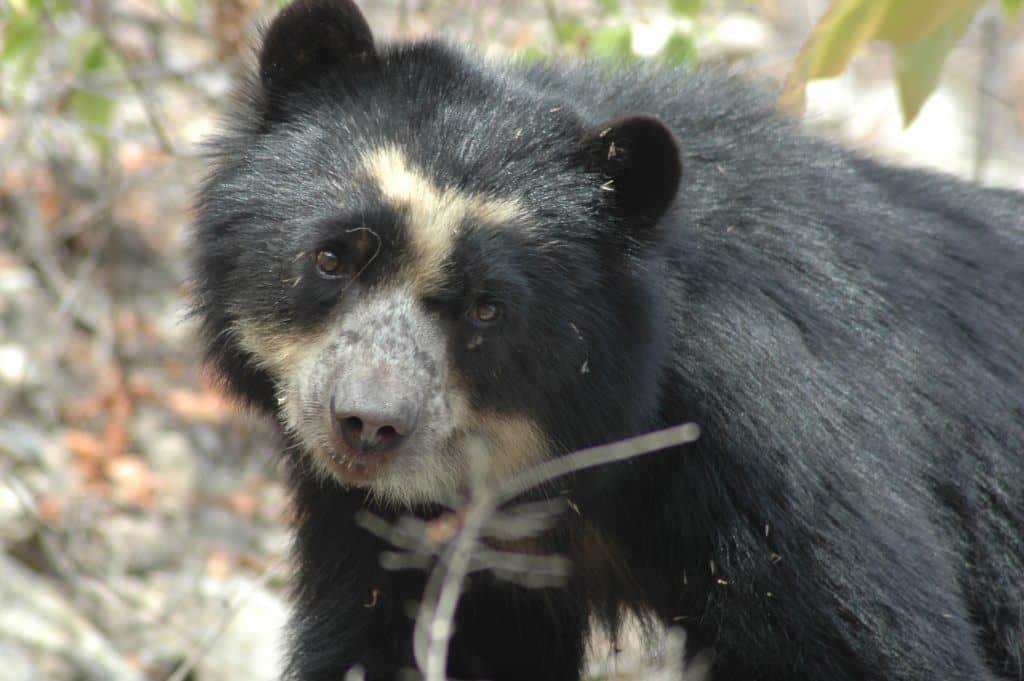
Spectacled Bear
Spectacled bears, also known as Andean bears, are the only bear species in all of South America.
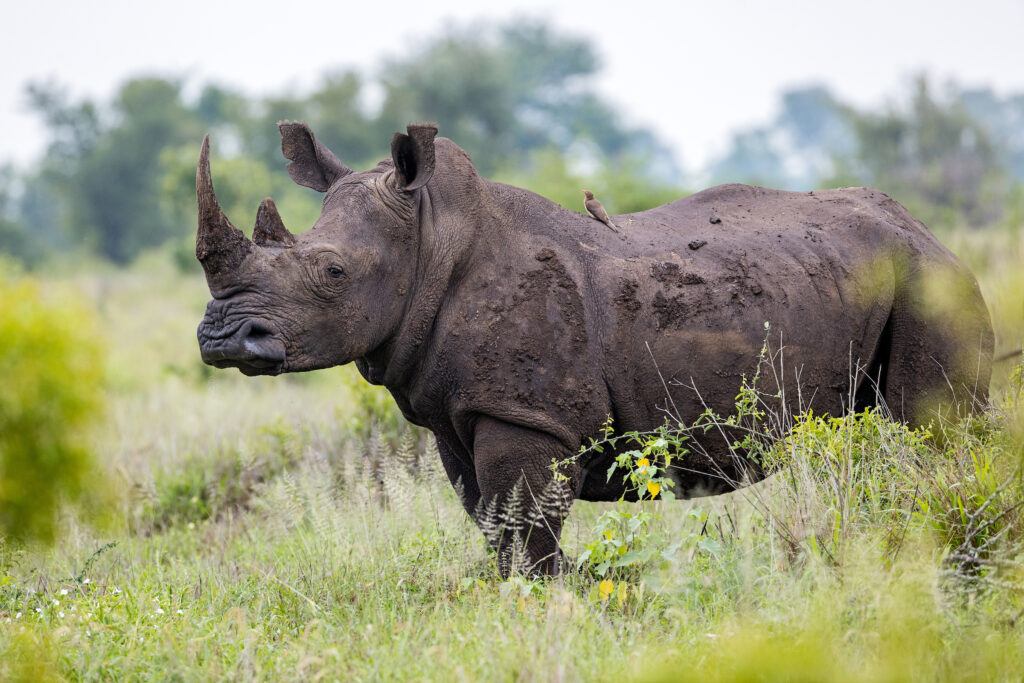
Rhinos
Today, fewer than 26,000 rhinos remain in Africa and Asia. Poaching for their horns and habitat loss continuously threaten the future of these distinctive giants.
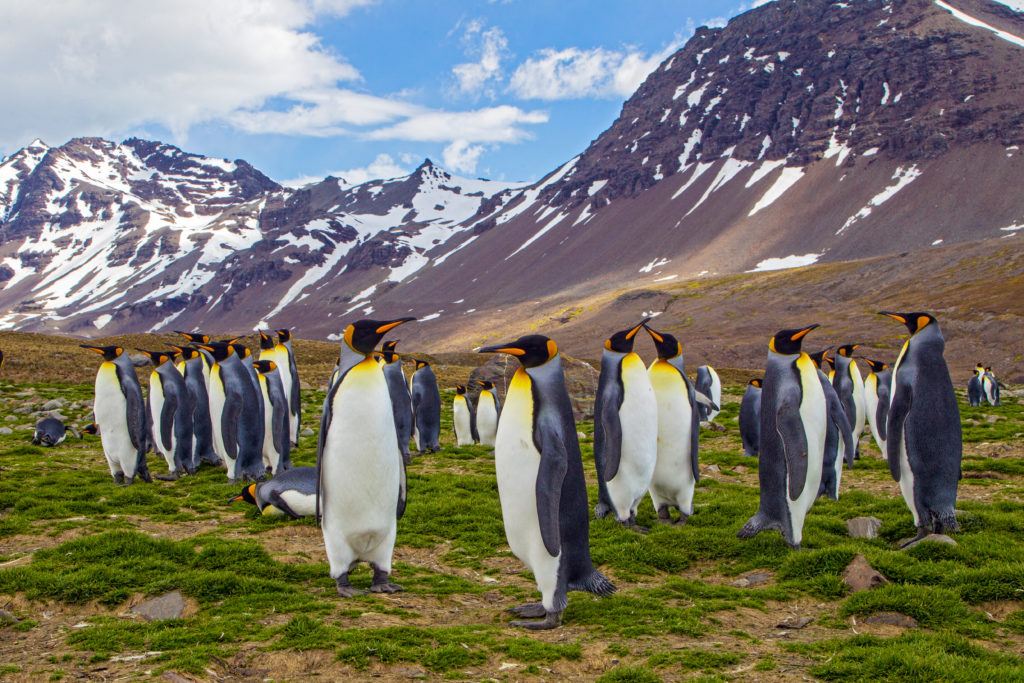
Penguins
There are 18 different penguin species living throughout the Southern Hemisphere, 55% of which are listed as threatened.
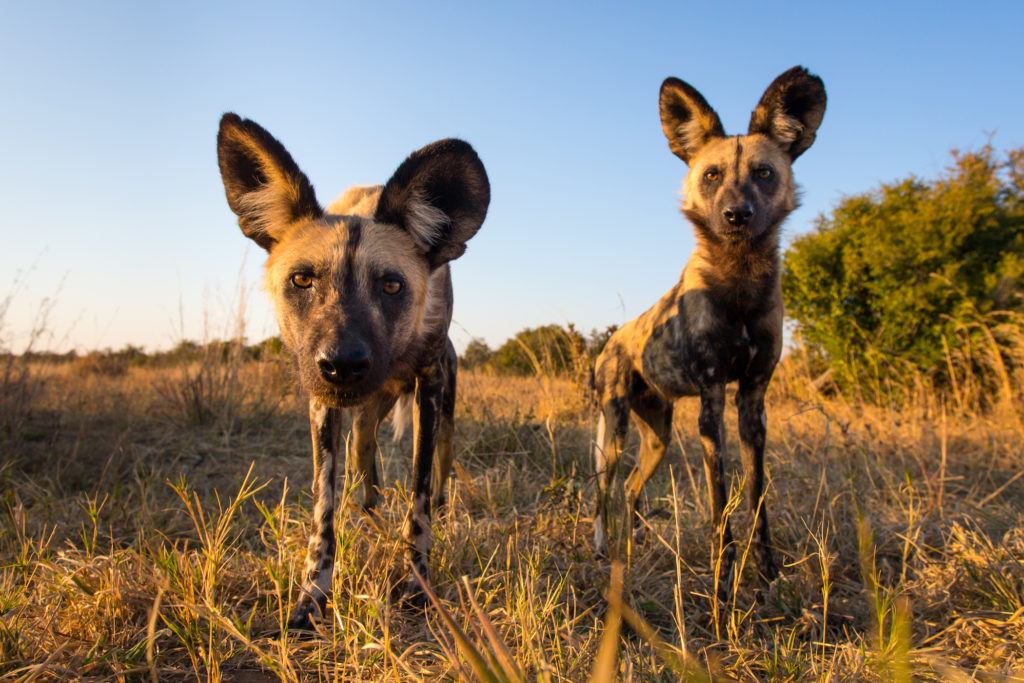
Painted Dogs
Painted dogs have highly social and complex packs and approximately 100,000 dogs existed in the 1900’s, but now only 7,000 dogs are thought to remain.
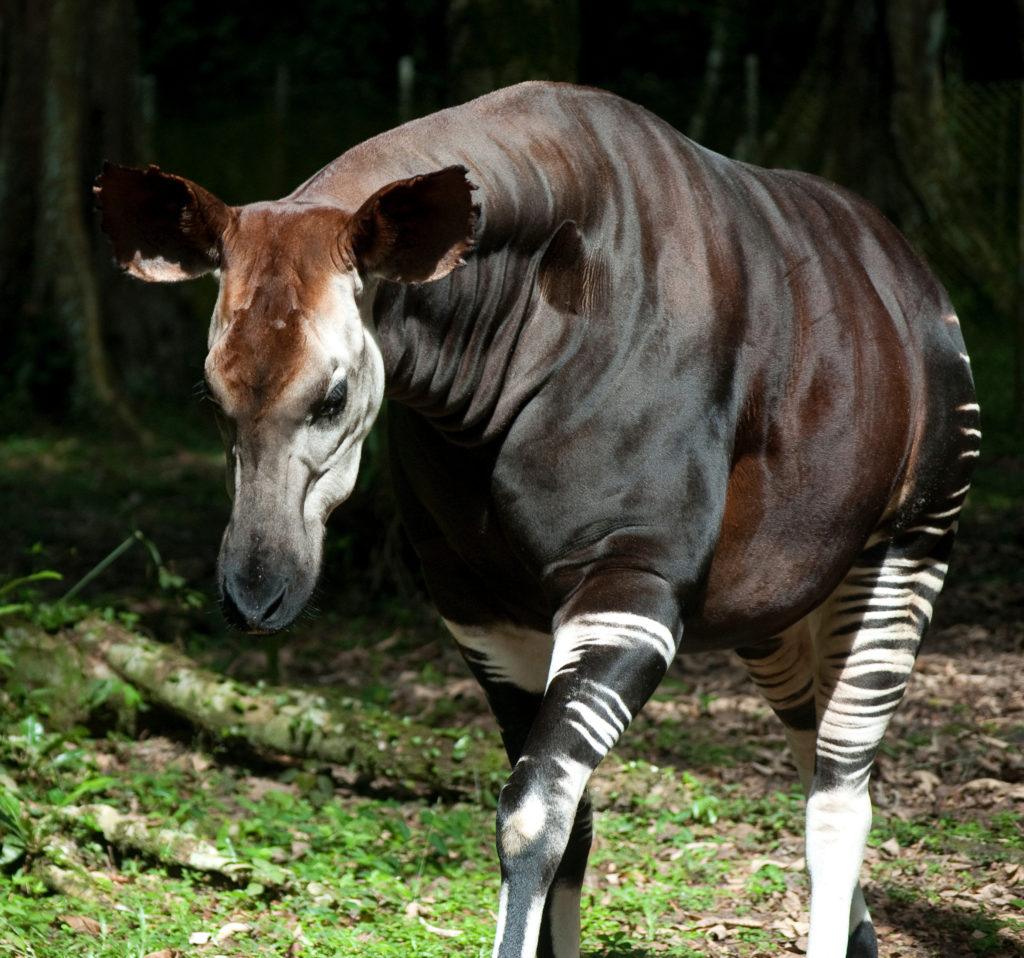
Okapi
The gentle, mysterious okapi live only in the Democratic Republic of Congo, and though they appear to be half-zebra they are actually the closest relative of the giraffe.
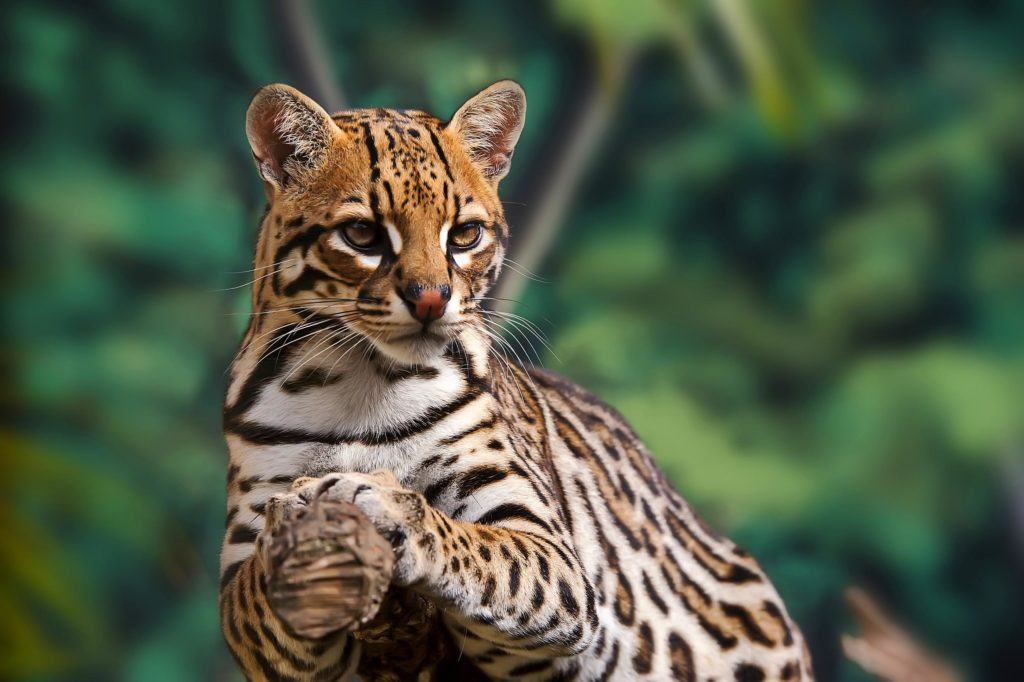
Small Wild Cats
Most people are familiar with big cats, but few could name the 33 species of small wild cats living all around the world.
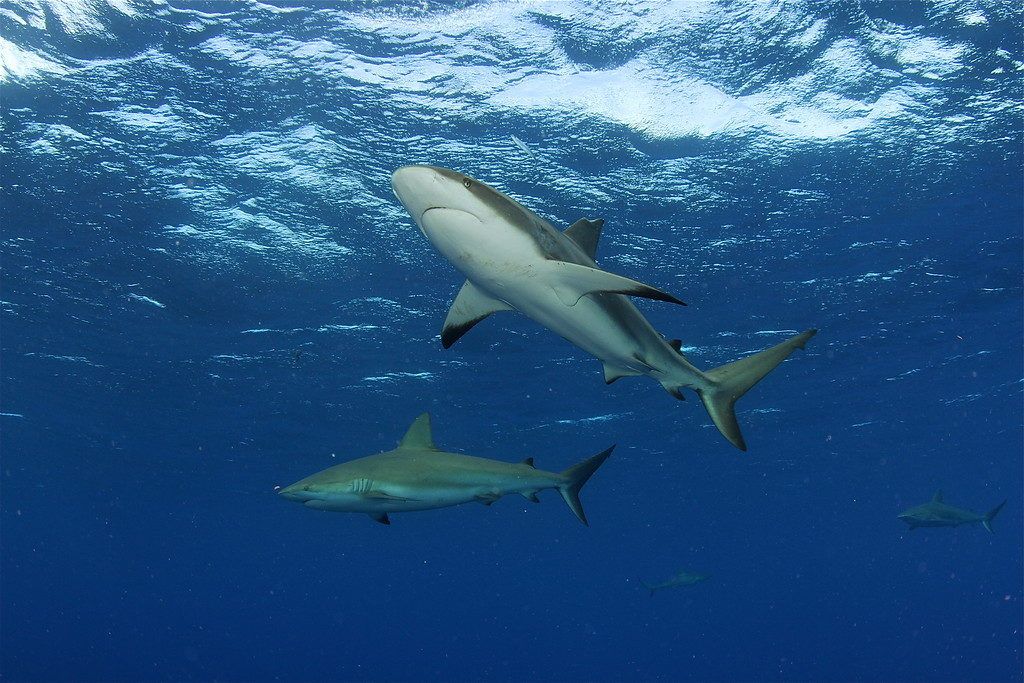
Sharks and Rays
Sharks and rays are essential for healthy oceans, but are vulnerable to human threats like pollution, climate change, and overfishing.
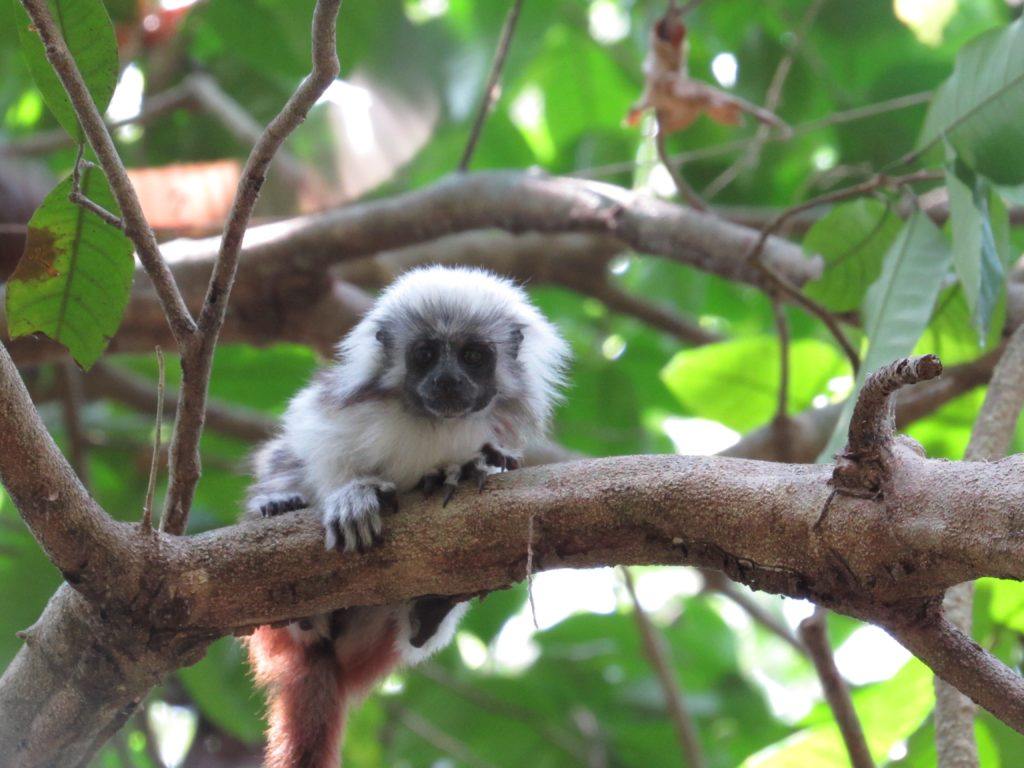
Cotton-Top Tamarin
The tiny cotton-top, which weighs less than a pound, are found only in northwestern Colombia and are one of the most endangered primates in the world.
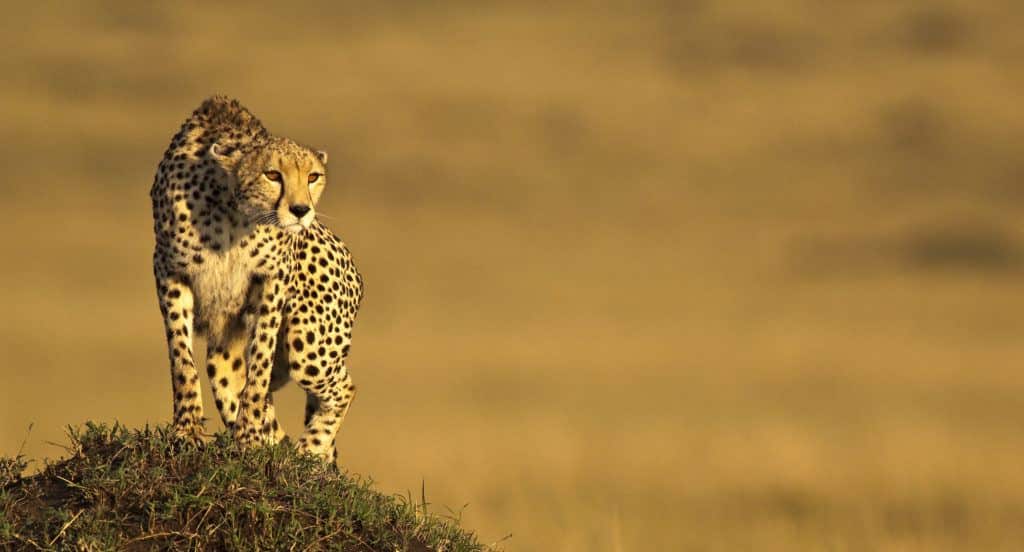
Cheetah—Botswana
Botswana provides a home for approximately 30% of the earth’s remaining 7,100 cheetahs, it is the only country where their population remains stable.
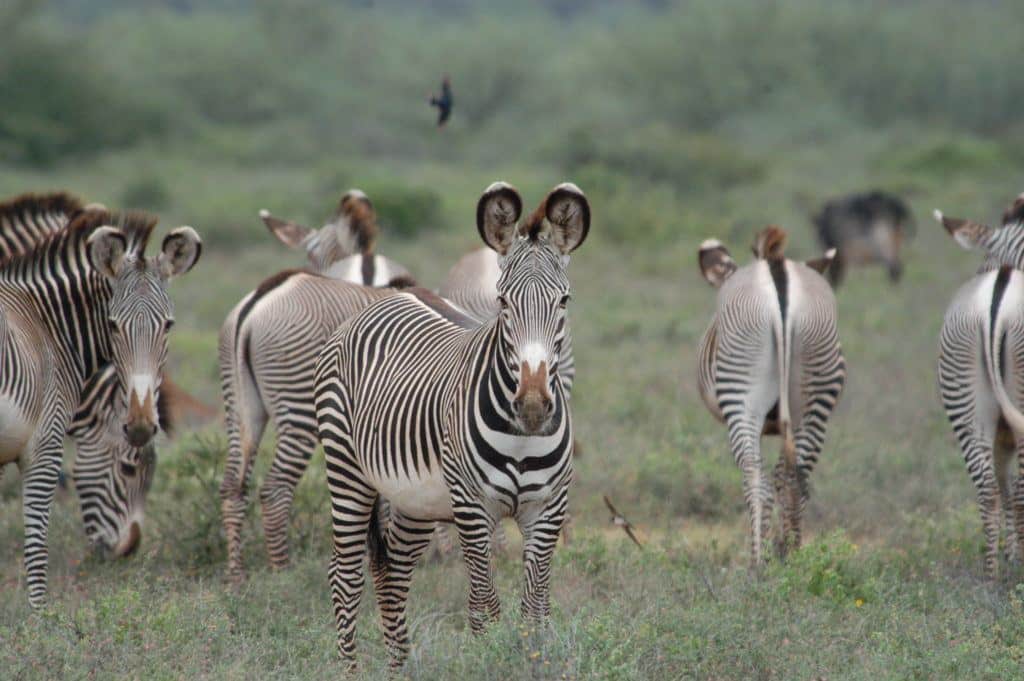
Grevy’s Zebra
Less than 2,500 Grevy’s zebra exist today; these special animals are distinguishable from other zebras by their larger size and round “Mickey Mouse” ears.
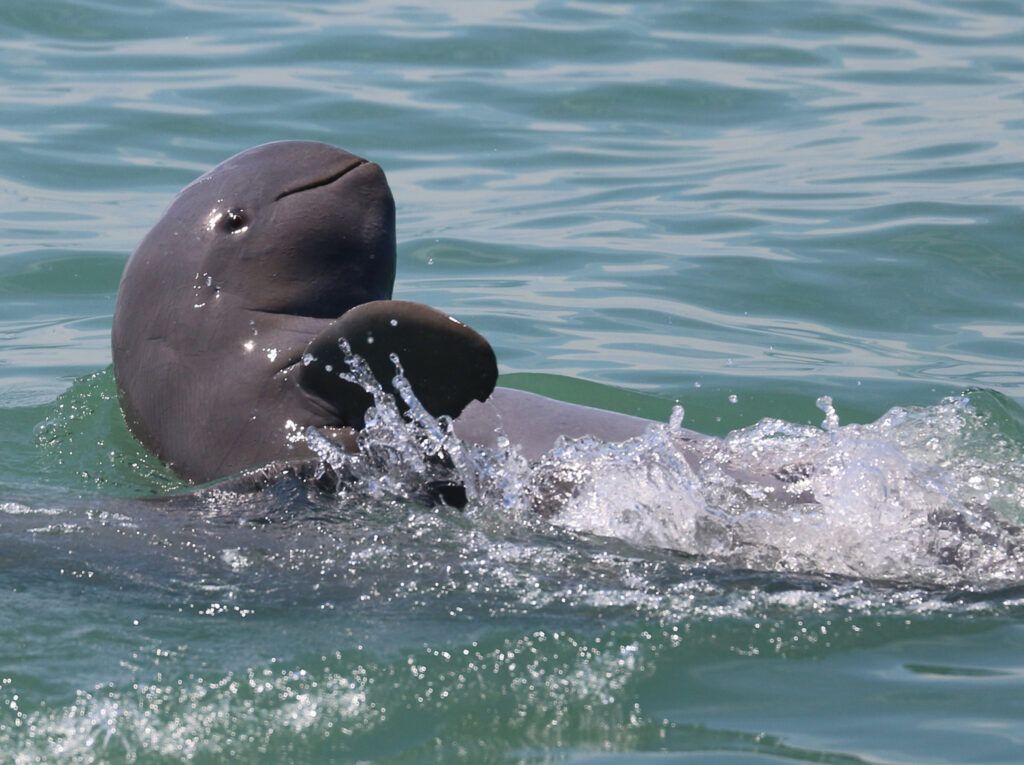
Dolphins and Dugongs
Marine mammals play important ecological roles as both predator and prey, but unfortunately, marine mammals in Malaysia are threatened by over-fishing, by-catch, boat traffic, plastic pollution, and noise pollution.
Learn About Dolphins and Dugongs
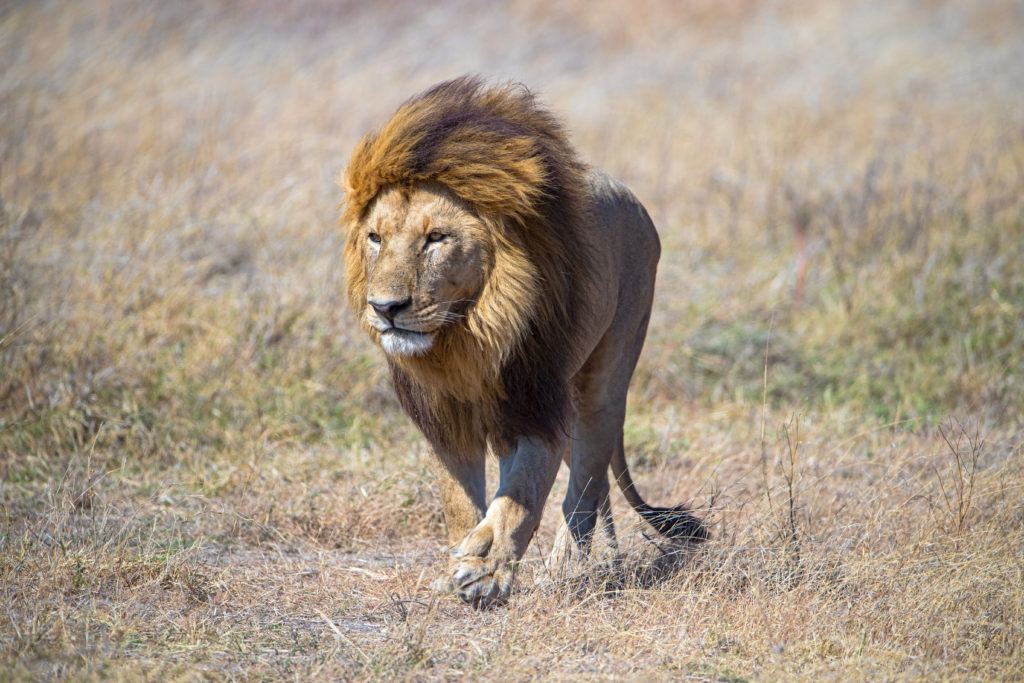
Lion—Niassa
Niassa National Reserve in Mozambique is one of the last great wild places on Earth and one of the important remaining strongholds for the African lion.
Impact
Your Support in Action
With the continued support of generous donors, WCN is helping conservationists protect endangered wildlife across every continent. Our 100% model ensures that any donation designated for a specific species goes directly to the conservationists protecting that species, with zero overhead taken out. In our first 20 years, WCN raised over $268M to protect wildlife, their habitats, and the people who live alongside them, creating a lasting and continuously growing impact for conservation. We are proud to maintain the highest possible 100% 4-star rating through Charity Navigator, America’s leading independent charity evaluator.
Relocating 2,000 Rhinos
The Rhino Recovery Fund helped African Parks develop a rewilding strategy for their Platinum Rhino project, which will relocate 2,000 white rhinos to protected areas across Africa over the next decade. This will significantly bolster rhino recovery and reintroduce them to new segments of their historic range.
323 rangers trained
Conservation Through Public Health analyzed nearly 2,200 mountain gorilla fecal samples, finding human and livestock-related parasites present among gorilla populations. To address this health issue, CTPH trained 323 rangers in handling emerging infectious diseases and expanded their efforts to reduce disease transmission between local people, tourists, and gorillas.
112 Acoustic Pingers
MARECET deployed 112 acoustic pingers on the nets of 15 local fishers, which emit high frequency sounds to ward marine mammals away from fishing nets. Preliminary results indicate that the pingers are effective at reducing bycatch and preventing accidental marine mammal deaths.
5 Painted Dog Packs
Painted Dog Conservation recorded five painted dog packs in the buffer zone outside Zimbabwe’s Hwange National Park, the most packs seen in this area in over 25 years. PDC has spent many years securing this area for painted dogs and their efforts are helping populations there thrive.
News
News Update
Honoring Elephant Protectors on World Elephant Day
Today is World Elephant Day, when we celebrate the captivating giants that roam Africa and Asia and their vital role...
Stories: Career Program
Leading Lion Conservation with Pride
With a firm grip, Simbarashe Pride Chatikobo shook one of the pen’s wooden struts, testing its stability. Fortunately, the raised...
Stories: Small Mammal Conservation Organization
Pulling Bats from the Fire
Inieke Udokang and her colleagues readied their binoculars and slowly stepped into the darkness, the soft light from their headlamps...
WCN Update
Leave a Lasting Legacy for Wildlife
What do you want to live on after you? Many of our supporters envision a world where wildlife thrives, people...
Stories: Lion Recovery Fund
Two Lions Make Record-Breaking Swim in Uganda
Two male lions, Tibu and Jacob, recently made headlines by making a record-breaking night swim across the Kazinga Channel, a...
Stories: Small Wild Cat Conservation Foundation
Ignorance is the Greatest Threat to Borneo's Bay Cat
Many wildlife species are dubbed “elusive.” Pangolins are hard to study due to their nocturnal and secretive nature. Snow leopards...
Stories: Spectacled Bear Conservation
First Spectacled Bears Fitted with GPS Collars at Machu Picchu
Just last week, Spectacled Bear Conservation (SBC) deployed the first GPS collars on two spectacled bears living in Peru's Historic...
Stories: Misool Foundation
Raising and Rewilding Leopard Sharks
Kyra Bestari leaned over the tank rim while clutching the sea snail. Dipping her hand beneath the water’s surface, she...
Stories: Seratu Aatai
Guiding Bornean Elephant Traffic
The sun sank beneath the tree line as a trio barely in their twenties stood outside the low-voltage electric fence...
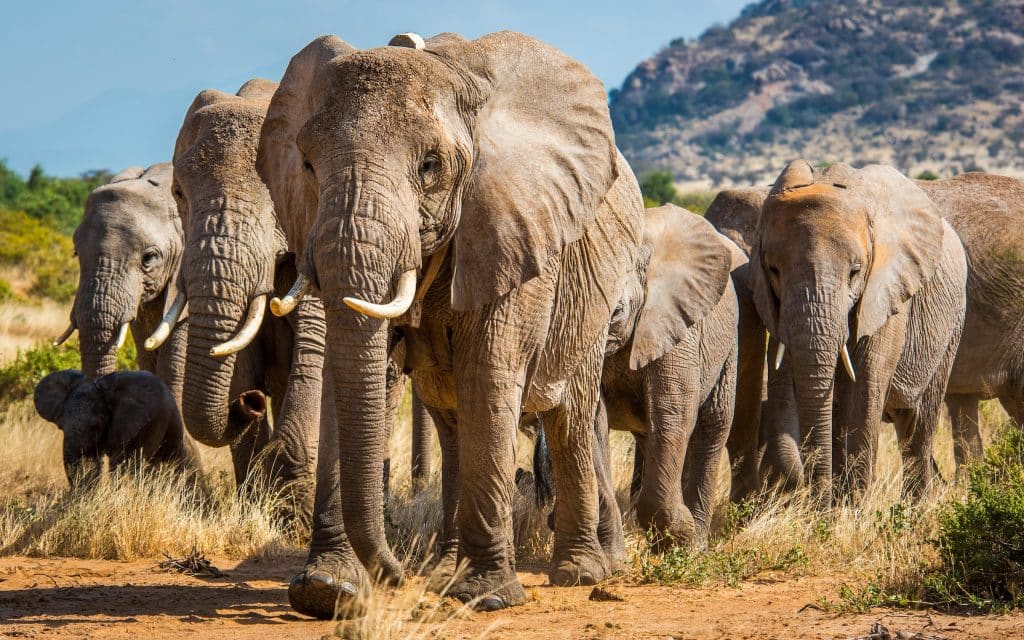
News Update
Honoring Elephant Protectors on World Elephant Day
Today is World Elephant Day, when we celebrate the captivating giants that roam Africa and Asia and their vital role...Read More
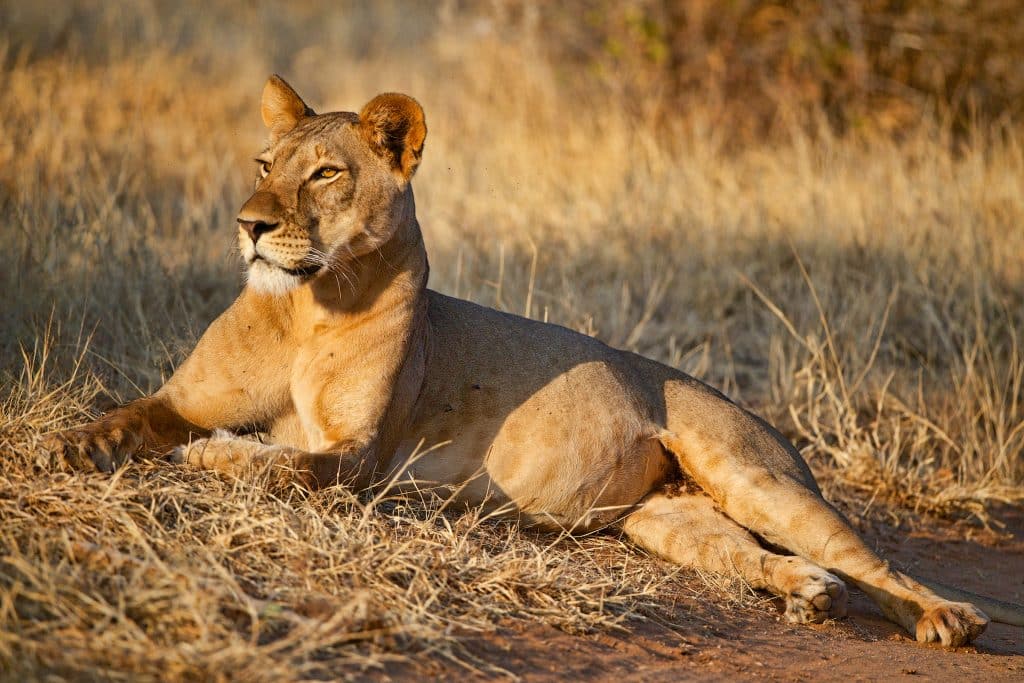
Stories: Career Program
Leading Lion Conservation with Pride
With a firm grip, Simbarashe Pride Chatikobo shook one of the pen’s wooden struts, testing its stability. Fortunately, the raised...Read More
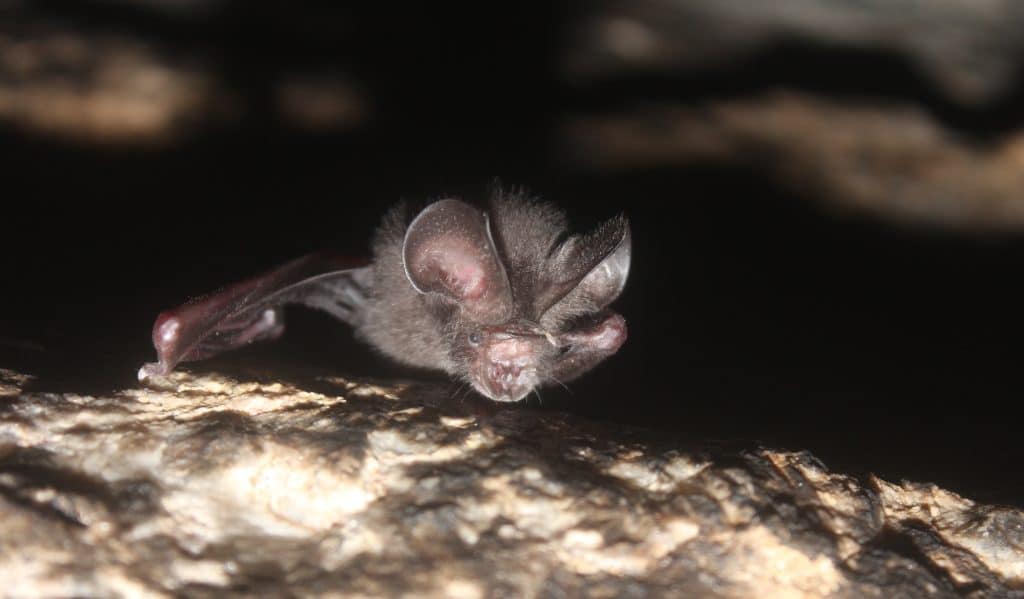
Stories: Small Mammal Conservation Organization
Pulling Bats from the Fire
Inieke Udokang and her colleagues readied their binoculars and slowly stepped into the darkness, the soft light from their headlamps...Read More
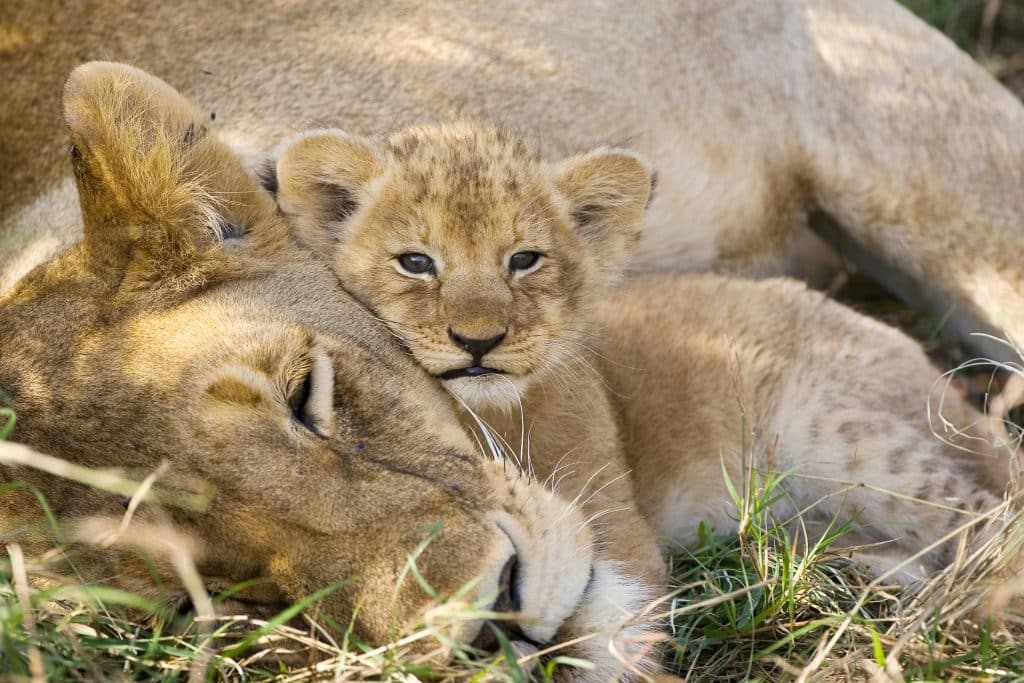
WCN Update
Leave a Lasting Legacy for Wildlife
What do you want to live on after you? Many of our supporters envision a world where wildlife thrives, people...Read More
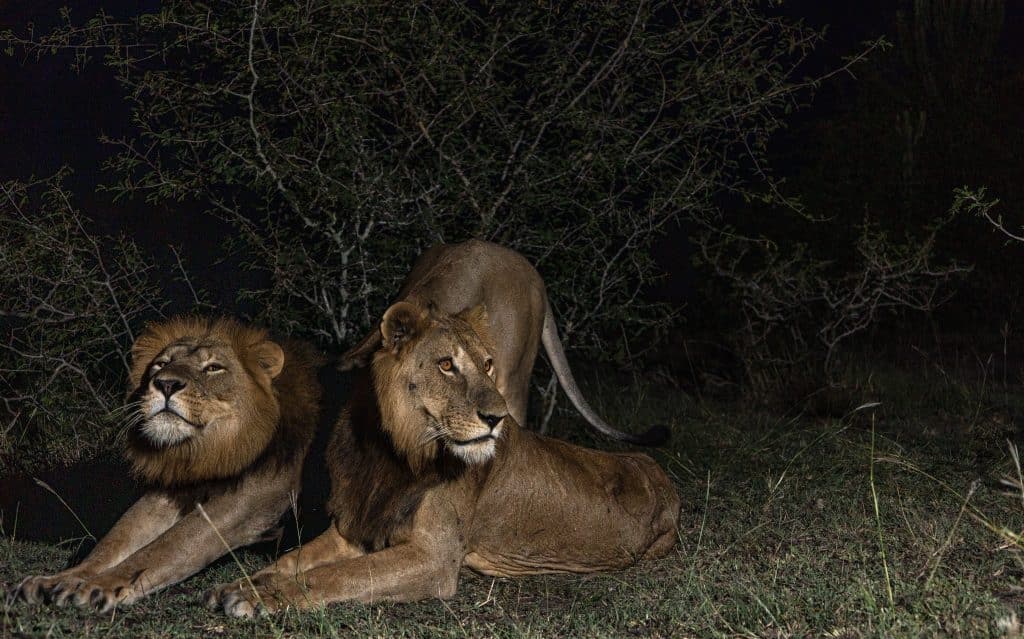
Stories: Lion Recovery Fund
Two Lions Make Record-Breaking Swim in Uganda
Two male lions, Tibu and Jacob, recently made headlines by making a record-breaking night swim across the Kazinga Channel, a...Read More
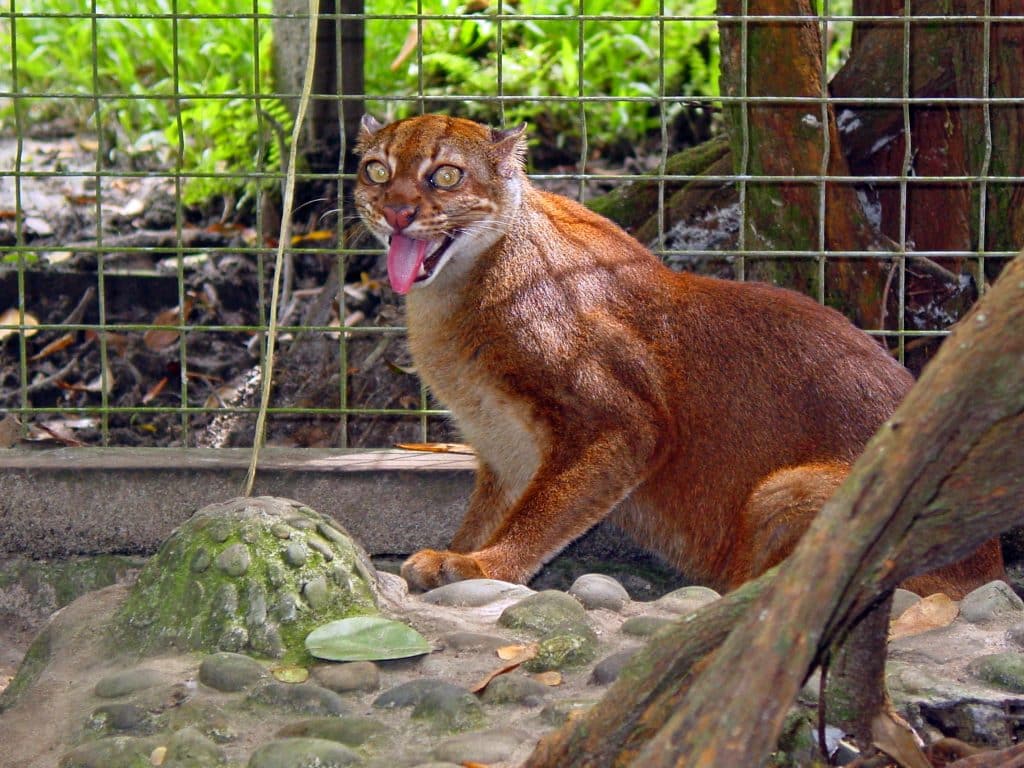
Stories: Small Wild Cat Conservation Foundation
Ignorance is the Greatest Threat to Borneo's Bay Cat
Many wildlife species are dubbed “elusive.” Pangolins are hard to study due to their nocturnal and secretive nature. Snow leopards...Read More
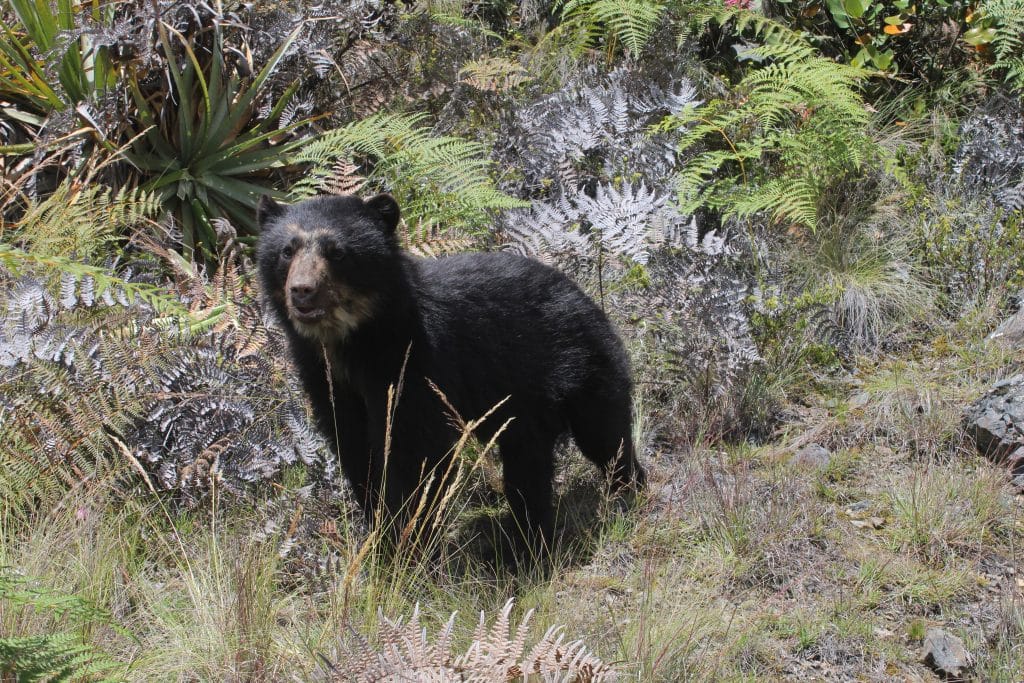
Stories: Spectacled Bear Conservation
First Spectacled Bears Fitted with GPS Collars at Machu Picchu
Just last week, Spectacled Bear Conservation (SBC) deployed the first GPS collars on two spectacled bears living in Peru's Historic...Read More
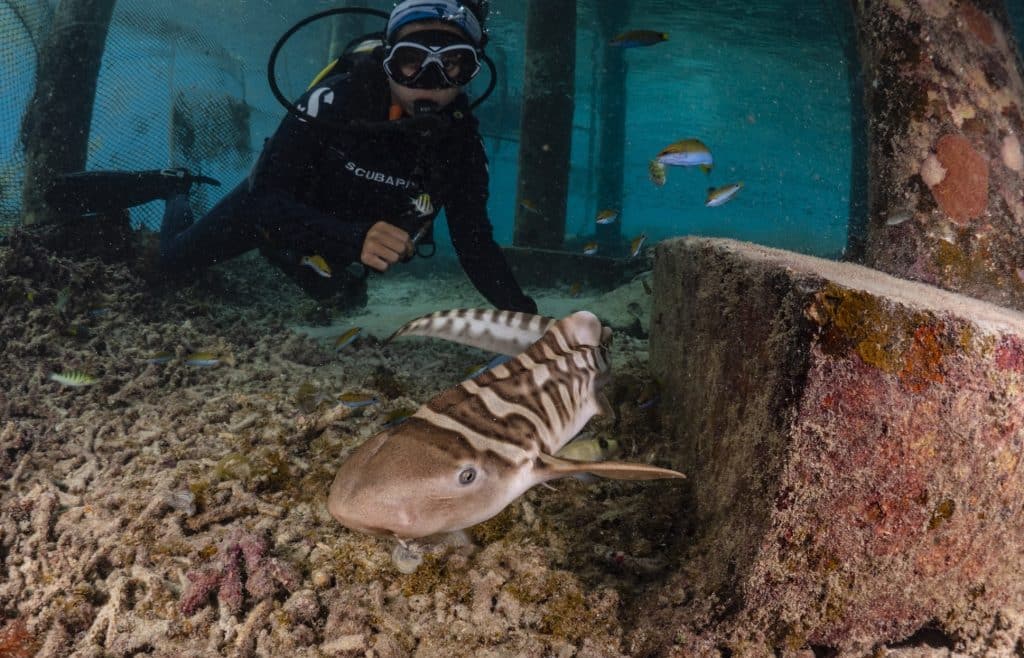
Stories: Misool Foundation
Raising and Rewilding Leopard Sharks
Kyra Bestari leaned over the tank rim while clutching the sea snail. Dipping her hand beneath the water’s surface, she...Read More

Stories: Seratu Aatai
Guiding Bornean Elephant Traffic
The sun sank beneath the tree line as a trio barely in their twenties stood outside the low-voltage electric fence...Read More
Photography Credits: Cas Sanguietti, Jeff Bonner, Will Burrard, Saloni Bhatia, Ken and Michelle Dyball, Daniel Haesslich, Rebecca R Jackrel, MarAlliance, Steve Mandel, Susan McConnell, Jon McCormack, Frank af Petersens, Proyecto Tití, Corey Raffel, Juan Reppucci, Navinder Singh, Tom Stahl, Jack Swenson, SBC Peru, Martin Harvey, Jean-Francois Lagrot, Christian Sepulveda, John Dickens, Ruben Digilio, Steve Potter, Colleen Begg, Albert R.Salemgareyev, Sea Sense, Peter Lindsey, Spectacled Bear Conservation, Greg Hume, ©Andrew Peacock/www.footloosefotography.com, Asma Hersi, Will Burrard, Suzi Eszterhas (pangolin), Ekaterina Berezina, Jillian Knox, Sebastian Kennerknecht